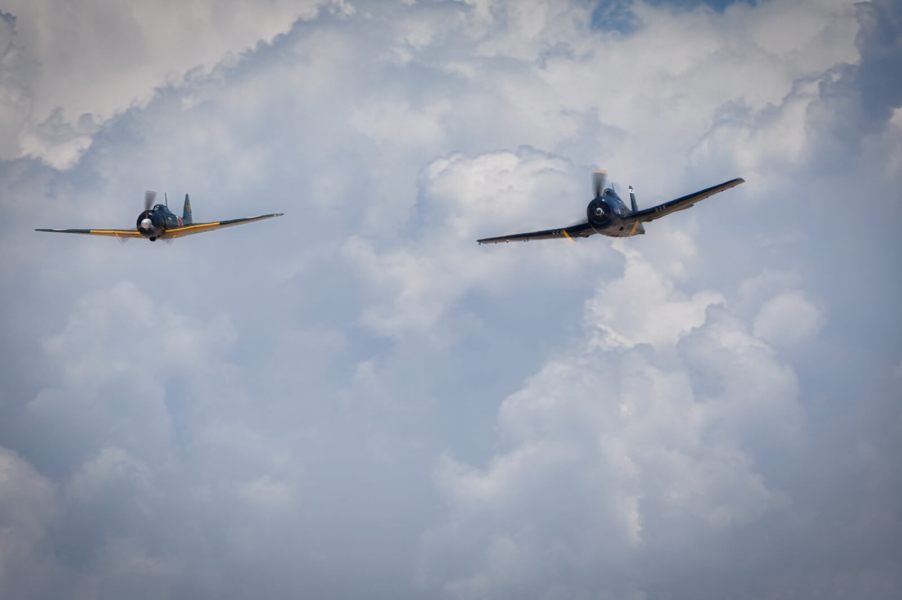
5 spectacular WWII airplanes that lived in the shadow of the P-51 Mustang
Any cursory discussion of WWII airplanes will bring up a couple of famous aircraft. For starters, the North American P-51 Mustang and Supermarine Spitfire will enter the chat for aesthetic reasons alone. Further, history fans may credit the Mitsubishi A6M ‘Zero’ and Aichi D3A ‘Val’ for their role in the attack at Pearl Harbor. However, a handful of aircraft lived in the shadow of warplanes like the P-51 Mustang.
The P-51 Mustang and Supermarine Spitfire might dominate the conversation, but these WWII airplanes are also legends of the sky
If you’ve watched Top Gun: Maverick or Fly Me to the Moon recently, you’ve been treated to the on-screen chops of the P-51 Mustang. It is, after all, achingly pretty. However, it’s far from the only significant name in the conversation of WWII airplanes. For instance, the Messerschmitt Bf 109, the workhorse of the German Luftwaffe, will likely hold its record as the most successful air-to-air fighter aircraft ever. Still, these five remarkable airplanes live in the shadow of the super-popular planes of the Second World War.
- De Havilland Mosquito
- Focke-Wulf Fw 190
- Hawker Hurricane
- Grumman F6F Hellcat
- Messerschmitt Me 262 “Schwalbe”
While it likely didn’t have the oft-discussed reduced radar cross-section, the De Havilland Mosquito is credited as “the fasted fighter-bomber of World War II.” Its lightweight wooden “sandwich” construction, in concert with its twin Rolls-Royce Merlin V12 engines, gave it the oomph to reach over 400 mph.
The Focke-Wulf Fw 190, like the Bf 109, is an accomplished fighter aircraft. The Fw 190 took advantage of a powerful BMW engine to excel as an air superiority fighter, per Britannica. However, even with a solid career of hunting Spitfires and bomber sorties, the Fw 190 was hopeless to compete with the Army Air Corps’ P-51 Mustangs and P-38 Lightnings.
Sure, the Supermarine Spitfire is just about one of the best-looking airplanes to come out of WWII. However, it certainly can’t enjoy the victory at the Battle of Britain alone. The Hawker Hurricane was a much more plentiful warplane during the vital period. Consequently, the Hurricane may be responsible for as much as four-fifths of all German aircraft that the RAF destroyed at the time.
On the other side of the planet, the United States Navy and Marine Corps took the fight to the Japanese. Granted, the Vought F4U Corsair might prompt old TV fans to conjure images of Baa Baa Black Sheep. However, the Grumman F6F Hellcat held a better kill ratio than the Corsair by war’s end. Incidentally, the Hellcat may be responsible for over half of the aerial victories scored by American Naval pilots in the Pacific.
Finally, the Messerschmitt Me 262 didn’t have much flight time by war’s end. However, it holds the record as the first operational combat jet aircraft with its Junkers Jumo jet engines. Consequently, the Me 262 could hit a staggering 540 mph, making it one of the fastest WWII airplanes. Incidentally, Luftwaffe fighter ace Adolf Galland said “It was as though the angels were pushing!” of the jet fighter.



